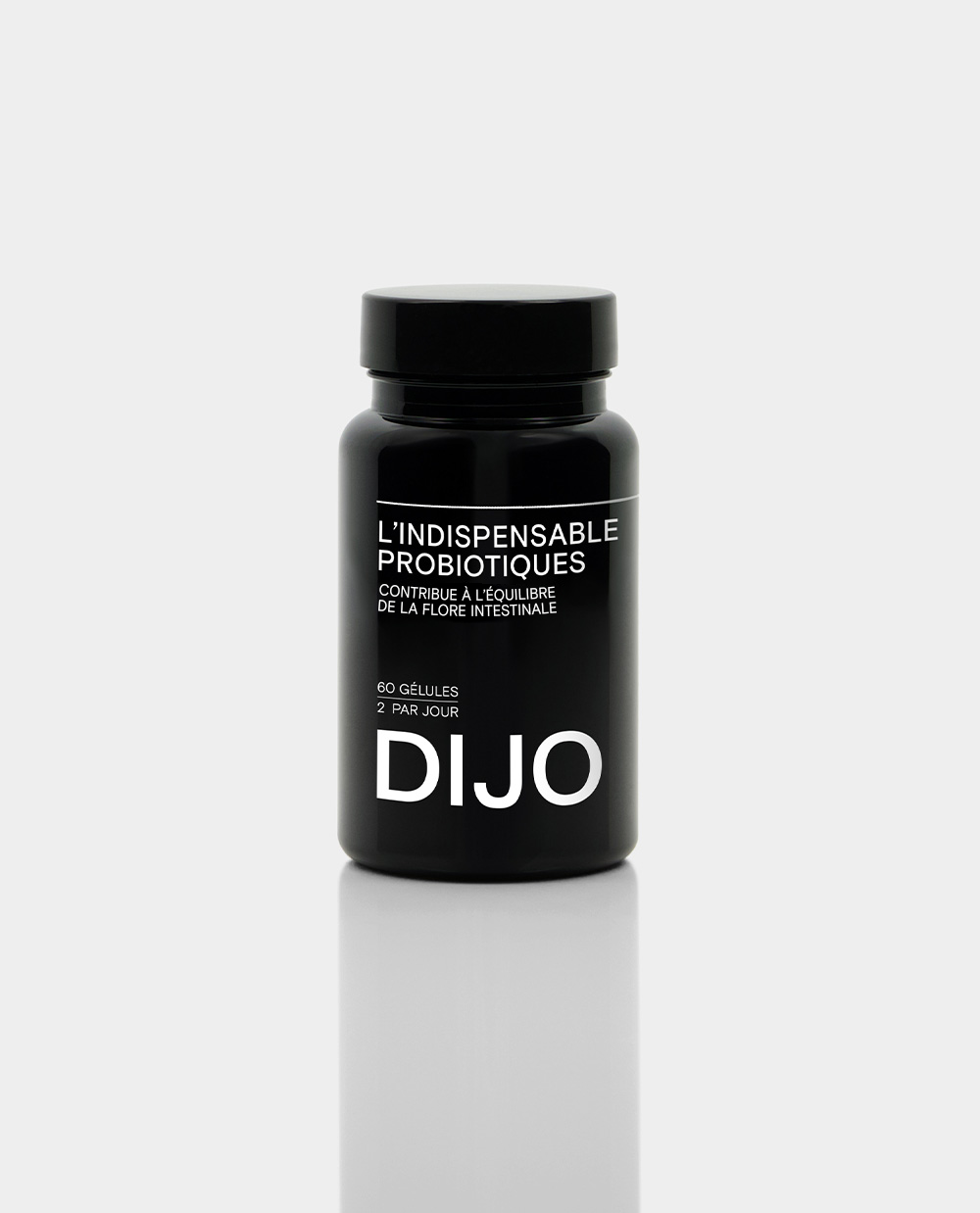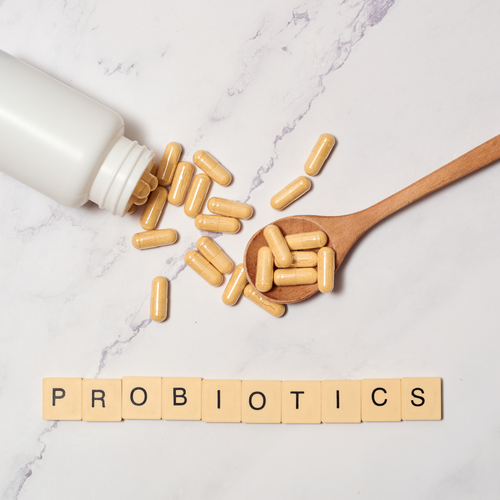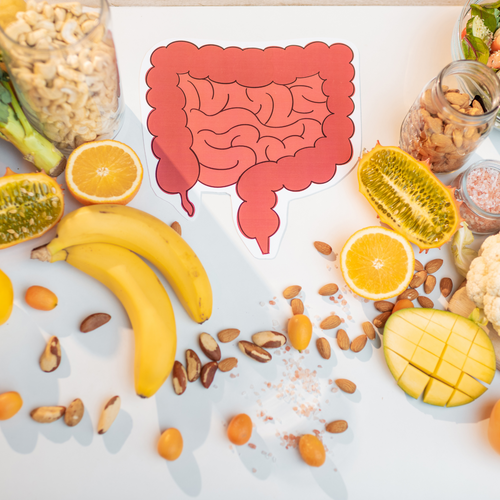What to remember:
Probiotics are live microorganisms found in certain fermented foods.
They contribute to the balance of intestinal flora when consumed in adequate quantities.
The main dietary probiotic strains include Lactobacillus, Bifidobacterium and Saccharomyces.
To preserve their benefits, choose unpasteurized fermented foods.
The 10 probiotic-rich and natural foods include plain yogurt, kefir, kimchi, miso, tempeh, and many more.
What are probiotics?
Probiotics are defined as live microorganisms (bacteria or yeasts) that, when consumed in adequate quantities, contribute to the balance of intestinal flora. They are found naturally in certain fermented foods and also in the form of dietary supplements .
The main probiotic strains found in food are Lactobacillus , Bifidobacterium and Saccharomyces .
They are not to be confused with prebiotics.
Prebiotics: The Probiotics' Favorite Food
Prebiotics are “substrates selectively used by host microorganisms that confer a health benefit.” In other words, prebiotics are substances that serve as specific “food” for certain microorganisms in the gut microbiota , especially those beneficial to our bodies. By supporting them, they contribute to the balance of the intestinal flora.
Prebiotics aren't limited to dietary fiber. While the majority of identified prebiotics are soluble fibers capable of feeding microbiota microorganisms, only those that specifically target beneficial bacteria are truly considered prebiotics. Furthermore, other compounds such as lactulose and certain polyphenols found in cocoa and tea also possess prebiotic potential.
What foods are richest in probiotics?
Fermented foods are the primary dietary sources of probiotics. To benefit from them, it's essential to choose unpasteurized products, as the pasteurization process eliminates live microorganisms. Here are 10 foods that are easy to incorporate into your daily routine:
#1 - Plain yogurt
Yogurt is a dairy product fermented by lactic acid bacteria, mainly strains of Lactobacillus bulgaricus and Streptococcus thermophilus . Some yogurts may also contain bifidobacteria.
The ideal is to choose it plain to limit processing (addition of food additives, sugar, manufacturing processes that can alter nutrients , etc.), and to add flavor if necessary to preserve the bacterial flora.
It goes very well as a dessert, snack or even as a base for sauces.
#2 - Kefir
Kefir is a fermented drink made from milk or water, obtained by the action of kefir grains containing in particular a mixture of yeasts and lactic bacteria.
It's ideal for drinking straight or adding to smoothies. Water kefir can be flavored with fruit or herbs and can be enjoyed as an aperitif for its freshness and a change from traditional drinks.
#3 - Sauerkraut
Sauerkraut is cabbage fermented by lactic acid bacteria, traditionally prepared in brine.
It can be eaten raw in salads or cooked as a side dish.
It is interesting to note that pasteurized sauerkraut is devoid of probiotics, so it is better to opt for artisanal or homemade versions.
#4 - Miso
Miso is a fermented paste made from soybeans, barley or rice, sea salt and water, obtained using the fungus Aspergillus oryzae , a ferment called Koji.
It is often incorporated into soups or sauces, without being heated too high to preserve the living microorganisms.
Dark miso is generally more fermented and richer in microorganisms than white miso.
#5 - Tempeh
A fermented soy-based product, tempeh is obtained through the action of the fungus Rhizopus oligosporus .
Eat it grilled, sautéed or crumbled in salads or hot dishes, it will please you no matter what.
The added bonus: tempeh is an excellent source of plant-based protein and fiber.
#6 - Kimchi
Kimchi is fermented Chinese cabbage with spices, vegetables, and chili peppers, which is very popular in Korea.
To fully benefit from its probiotic lactic bacteria, it is recommended to eat it raw, as a side dish or condiment.
Note: Homemade or artisanal versions are generally more concentrated in active strains than industrial versions.
#7 - Kombucha
Like kefir, kombucha is a fermented beverage. It consists of sweet tea and a symbiosis of yeast and acetic acid bacteria called a SCOBY.
Kombucha can be drunk chilled, at any time of day, and is also very enjoyable as an aperitif.
Be careful, however, with pasteurized or overly sweet versions, which can alter the quality of the microorganisms present.
#8 - Lacto-fermented pickles
Lacto-fermented pickles are vegetables preserved in brine, where lactic acid bacteria naturally proliferate. These microorganisms convert naturally occurring sugars into lactic acid, giving pickles their tangy flavor and rich probiotic content. To preserve their benefits, choose unpasteurized versions. They can be eaten as is or as a side dish to add crunch and a tangy touch to dishes.
#9 - Natural sourdough
Natural sourdough is a fermented preparation made from flour and water, used to make bread. It contains lactic acid bacteria and natural yeasts that work together to make the dough rise. In addition to giving bread a distinctive flavor, it provides probiotic strains such as lactobacilli. To benefit from their properties, choose sourdough breads that are not baked at too high a temperature.
#10 - Brewer's or malted yeast
Brewer's yeast is a fermented food naturally rich in live microorganisms, primarily yeasts of the genus Saccharomyces cerevisiae . It is also an excellent source of B vitamins and minerals. To benefit from its probiotic benefits, opt for an unheated and active version. It can be sprinkled on salads, soups, or dishes, with 1 tablespoon daily being a good source of probiotics.
Conclusion
Probiotics are valuable allies for the gut microbiota and are found primarily in fermented foods. To reap the benefits, opt for unpasteurized and minimally processed products, where the live strains are still present. By incorporating these 10 foods into your diet, you will naturally support your intestinal flora and promote optimal digestion .
Sources :
[1] Hill, C., Guarner, F., Reid, G. et al. The International Scientific Association for Probiotics and Prebiotics consensus statement on the scope and appropriate use of the term probiotic. Nat Rev Gastroenterol Hepatol 11, 506–514 (2014). https://doi.org/10.1038/nrgastro.2014.66
[2] World Gastroenterology Organisation Global Guidelines, Probiotics and Prebiotics, 2017, accessed from: https://www.worldgastroenterology.org/UserFiles/file/guidelines/probiotics-and-prebiotics-french-2017.pdf
[3] Gibson, G., Hutkins, R., Sanders, M. et al. Expert consensus document: International Scientific Association for Probiotics and Prebiotics (ISAPP) consensus statement on the definition and scope of prebiotics. Nat Rev Gastroenterol Hepatol 14, 491–502 (2017). https://doi.org/10.1038/nrgastro.2017.75
[4] Bedu-Ferrari, C., Biscarrat, P., Langella, P., & Cherbuy, C. (2022). Prebiotics and the Human Gut Microbiota: From Breakdown Mechanisms to the Impact on Metabolic Health. Nutrients, 14(10), 2096. https://doi.org/10.3390/nu14102096
[5] Prado, MR, Blandón, LM, Vandenberghe, LP, Rodrigues, C., Castro, GR, Thomaz-Soccol, V., & Soccol, CR (2015). Milk kefir: composition, microbial cultures, biological activities, and related products. Frontiers in microbiology, 6, 1177. https://doi.org/10.3389/fmicb.2015.01177
[6] Harvard Health Publishing, How to get more probiotics, 2025, accessed from: https://www.health.harvard.edu/staying-healthy/how-to-get-more-probiotics















